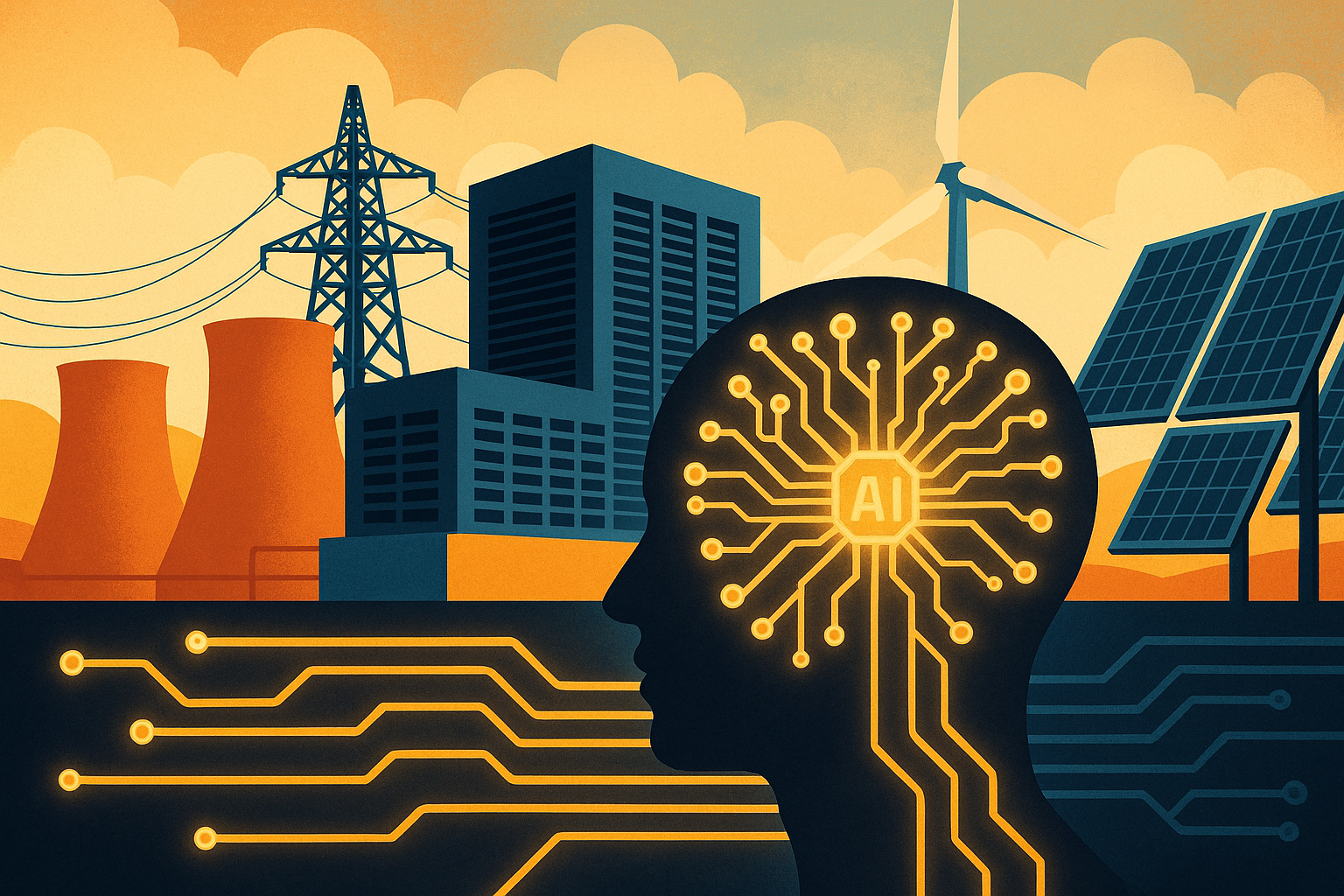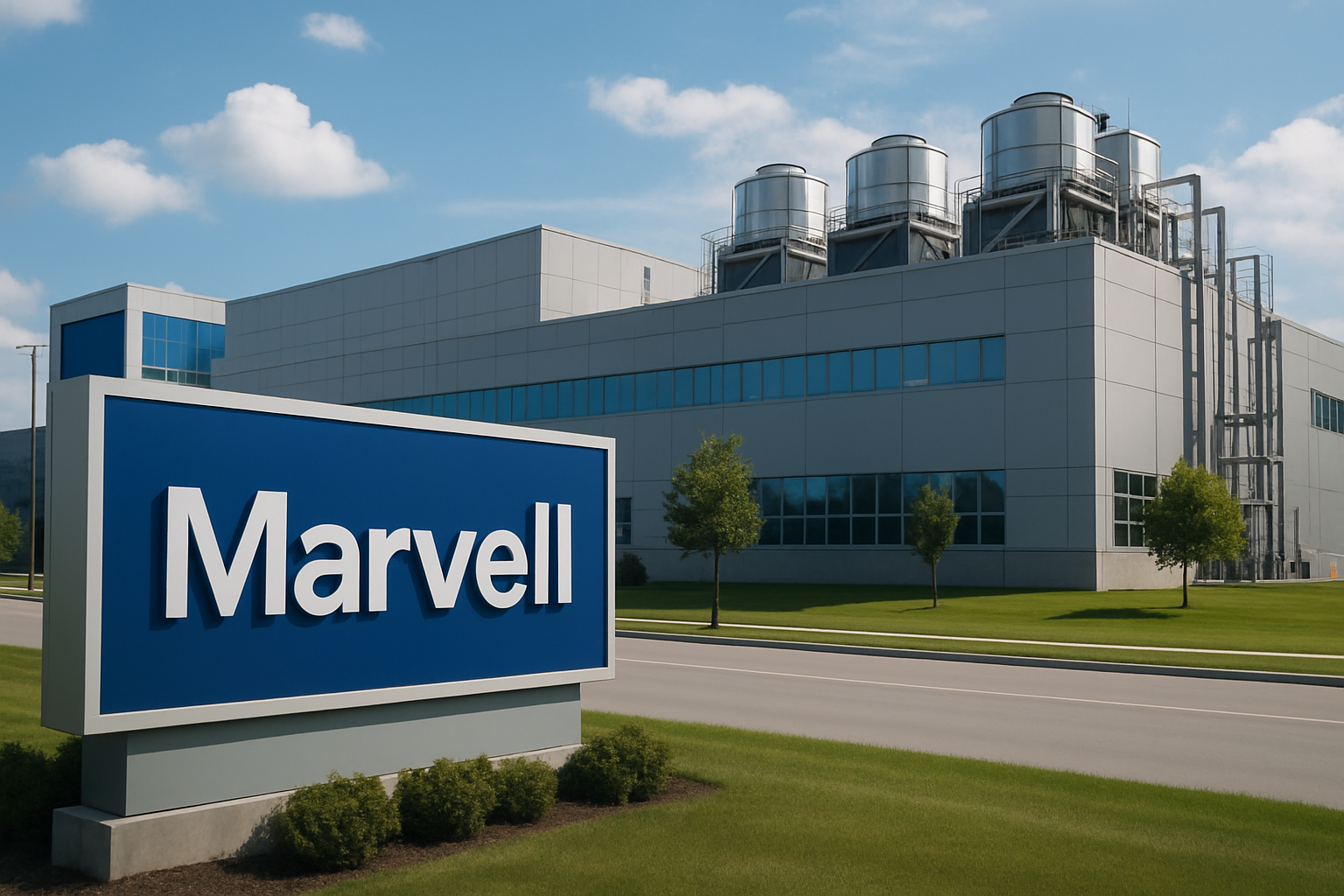As AI fever grips global markets and reshapes capital allocation, a major U.S. state has just secured its place on the map. Pennsylvania is set to receive a staggering $93 billion in energy and tech investment—one of the largest infrastructure commitments in recent years. Announced by a coalition of energy firms, data center developers, and technology providers, this deal is not just a local headline—it’s a national signal: AI infrastructure is the next gold rush.
With this move, Pennsylvania joins the elite tier of regions being transformed by AI’s insatiable demand for compute, energy, and talent. For investors tracking real assets, digital infrastructure, and the broader AI trade, this development opens up a rich set of actionable insights.
A Mega Deal Backed by Energy & Tech Heavyweights
According to Bloomberg and Yahoo Finance, the $93 billion commitment involves a mix of data center expansions, energy generation (including advanced natural gas and renewable hybrid plants), and a large-scale workforce development initiative in partnership with local institutions. The scale of the investment is on par with entire national tech budgets—and reflects how vital physical infrastructure has become to supporting the AI boom.
The consortium backing the initiative includes a blend of traditional utility firms, hyperscale data operators, and semiconductor stakeholders, though not all have been publicly named yet due to pending regulatory processes.
Pennsylvania Governor [Name TBD] described the deal as “a once-in-a-generation convergence of innovation and infrastructure that will put our state at the forefront of global AI readiness.”
Why This Matters for Investors
1. AI Needs Real-World Infrastructure—Fast
Generative AI and large language models require massive computing power, driving exponential demand for data centers. These facilities are energy-intensive and location-sensitive—making real estate and energy infrastructure crucial elements in the AI value chain.
2. Utilities and Energy Firms Are Becoming AI Enablers
Utility providers are no longer just defensive stocks; they’re now at the center of enabling the next wave of AI deployment. Those with the capacity to provide stable, high-output power at scale—especially via renewables or clean gas—stand to gain.
3. The Real Estate Angle
This investment will unlock demand for specialized industrial real estate—particularly hyperscale campuses, edge computing sites, and adjacent logistics hubs. REITs and property developers with exposure to tech infrastructure will likely see increased interest.
4. Workforce Development = Long-Term Signal
Unlike short-term booms, the focus on workforce training in data science, server maintenance, and clean energy suggests a multi-decade commitment. For institutional investors, this indicates lower political risk and higher long-term return potential.
Analyst Viewpoints and Market Context
The move aligns with broader trends forecast by McKinsey, which projects global AI infrastructure spending to exceed $1.5 trillion by 2030. Meanwhile, Goldman Sachs recently reiterated its overweight stance on industrial and infrastructure-linked tech stocks, citing “accelerated public-private alignment on compute readiness.”
NVIDIA, Amazon Web Services, and Microsoft Azure have all cited power availability as a constraint to scaling AI services—making regional infrastructure plays even more valuable. Pennsylvania’s energy grid, bolstered by Marcellus shale and recent solar initiatives, makes it a uniquely balanced contender.
Future Trends to Watch
- Regional AI Hubs: Look for other U.S. states to pursue similar deals—especially in the Midwest and South where land and power are cheaper.
- Utility Innovation: Watch for partnerships between AI cloud providers and regulated utilities—particularly those investing in clean power.
- Data Center REITs: Firms like Digital Realty and Equinix could see valuation bumps as infrastructure becomes the bottleneck.
- Local Job Creation & Political Support: Bipartisan support for AI-related infrastructure will remain strong, making such investments less vulnerable to electoral cycles.
Key Investment Insight
The AI infrastructure buildout is creating a second layer of opportunity beyond chips and software—spanning utilities, real estate, logistics, and energy tech. Investors should watch for companies enabling compute capacity, not just those building AI models. The trend is long-term, physical, and deeply capital intensive—perfect for patient capital with vision.
Stay ahead of the curve with daily financial intelligence. For more market-moving insights, trends, and actionable investor news, visit MoneyNews.Today





